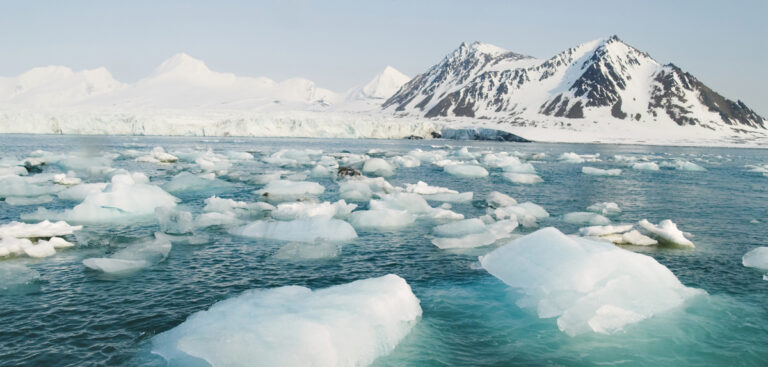Ice loss in the Arctic and Antarctic accounts for one-fifth of the projected warming in the tropics, according to the University of California.
The study was led by Mark England, a polar climate scientist at Scripps Institution of Oceanography at the University of California San Diego, and Lorenzo Polvani, the Maurice Ewing and J. Lamar Worzel Professor of Geophysics at Columbia Engineering.
Records for minimum sea ice were set in 2017 and 2018, with England and colleagues using computer simulations to see what scenarios play out near the equator if the decline continues throughout the century.
They found that Antarctic sea ice loss combines with Arctic sea ice loss to create unusual wind patterns in the Pacific Ocean, suppressing the upward movement of deep cold ocean water.
This will trigger surface ocean warming particularly in the eastern equatorial Pacific Ocean. Warming in the east is a hallmark of El Nino that brings intense rain in the Americas and droughts to Australia and the Western Pacific.
As surface ocean water warms, it creates more precipitation, and researchers believe the ice loss will add 0.3mm of rain per day in the equator.



